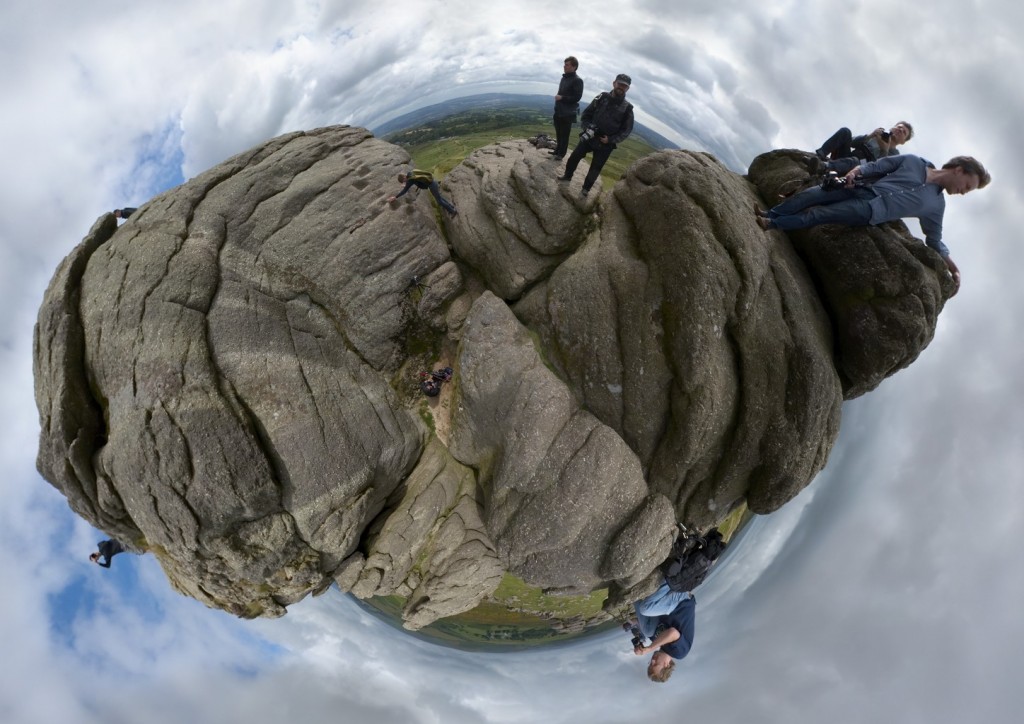The Maritime Museum has been established in 1873 by Prince Henry of the Netherlands. Sometimes it is also named after its founder: Prince Hendrik Museum. Prince Hendrik himself had a naval career.
Maritime Museum – Cranes in Rotterdam
 Show on map
Show on map
This is the blog of the PanoTwins
Stuff related to the Panotools Meetings. This can be still images we took there, panoramas of the events and the talks we held there. See the homepage of this event here.
The Maritime Museum has been established in 1873 by Prince Henry of the Netherlands. Sometimes it is also named after its founder: Prince Hendrik Museum. Prince Hendrik himself had a naval career.
Maritime Museum – Cranes in Rotterdam
 Show on map
Show on map
This central place in the heart of Rotterdam is 12.250 square meters in size and has been opened to the public in 1996. The illumination consists of very large street lights, that even can be transformed.
 Show on map
Show on map
The Den Haag Passage is a shopping mall opened in 1885 and is an UNESCO and also a national monument. After extensive restoration works in 2007 the marble floor and the facades now resemble the original state.
 Show on map
Show on map
This image shows a Droste type reprojection of the Piața Unirii in Timișoara, Romania.

During our talk about “Reprojecting equirectangular images for a printed presentation” in Palmela and Vienna we presented two scripts you can use to reproject images using a so called Droste – effect. See some examples in these posts.
Here is a short overview over the software we used, you can consider this as the required runtime environment for the scripts:
| Software | Version | Platform |
|---|---|---|
| The Gimp | 2.6.11 | Windows; Linux; Mac |
| Mathmap Plugin for The Gimp | 1.5.3 | Windows; Linux; Mac |
| Adobe Pixel Bender Toolkit | 2.5.449694 | Windows; Mac |
One of these is a script for the Gimp’s Mathmap Plugin. The other one is a script for the Pixel Bender Toolkit. The problem with the original two scripts is, that the parameters they use have different names and they are implemented differently! E.g. sizes are pixel sizes in one script and percentages of the image size in the other script. I wanted to be able to use the same parameters in both environments. So I started to bring the scripts back together.
The main motivation for this was to be able to work on large files. The Pixel Bender stand alone version has a size limitation depending on your graphics card. This may be a maximum of 2048×2048 pixels or like in my case 4096×4096 pixels. When you want to process larger images you have to switch to The Gimp. These size limitations do not apply there! The Mathmap rendering on the other hand is really slow compared to the Pixel Bender. This is because Mathmap renders the final image and the preview on a single core of your CPU. The Pixel Bender toolkit renders both on the GPU!
This table shows links to the original scripts (Mathmap V10 and Pixel Bender V1.1) and the modified versions with exchangable parameters (Mathmap V11 and Pixel Bender V2).
| Script (Download link) | Version | Link |
|---|---|---|
| Droste for Mathmap (Original) | V10 | – |
| Droste for Mathmap (PixelBender compatible Version) | V11 | This article |
| Droste for PixelBender (Original) | V1.1 | Homepage |
| Droste for PixelBender (Mathmap compatible version) | V2 | This article |
See two screenshots of some sample settings using Mathmap and Pixel Bender and the original and transformed image:
For an example workflow on how to generate a Droste spiral effect from a 360° panoramic (or equirectangular) image image read this post.
Acknowledegements go to the following persons, who started the first versions of the scripts: Mathmap: breic, Josh Sommers; Pixel Bender: Tom Beddard
You find further information about the Math behind the Droste effect here and here.
This image is a stereographic down reprojection of this panorama.

We held a talk at the Palmela International Panoramic Photography Festival: Reprojecting equirectangular images for a printed presentation and also at the PanoTools Meeting 2011 in Vienna.
You can find the video recording of the talk in Palmela here.
The talk showcased the benefits of reprojecting equirectangular panoramas for static presentations. We have presented “simple” reprojections and also two–step reprojections using a series of transformations. An overview was given about the different available tools to reproject panoramas. Numerous “real life” examples were shown, including the original equirectangular image and possible reprojections.
The presented reprojections were based on scripts working with two different tools PixelBender (stand alone or plugin for PhotoShop) and the MathMap plugin for The Gimp.
Download the Droste reprojecting script for PixelBender here: PixelBender Droste Reprojection Script
Download the Droste reprojecting script for Mathmap here: Mathmap Droste Reprojection Script
This gallery shows a talk I held at the PanoTools meeting 2009 in Timişoara. It discusses some aspects of reprojecting equirectangular images.
This gallery shows a talk I held at the PanoTools meeting 2009 in Timişoara. It discusses some aspects of reprojecting equirectangular images.
This image shows a reprojected version of this panorama.